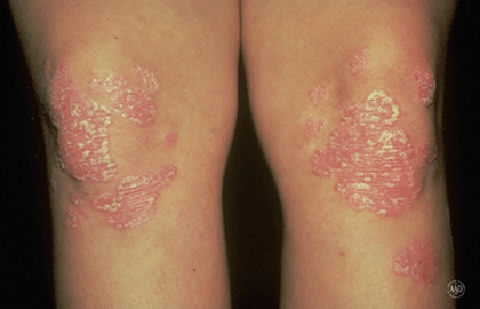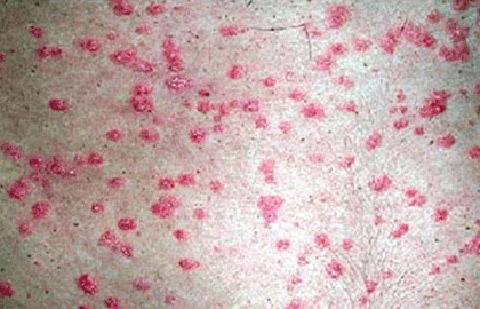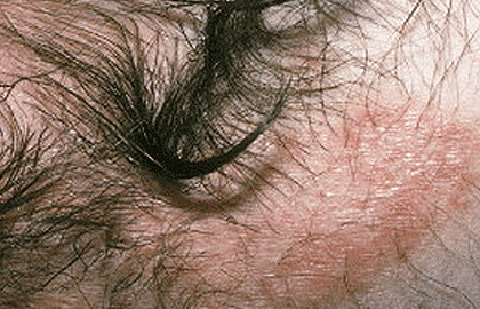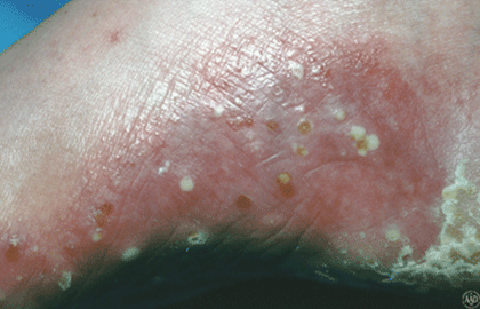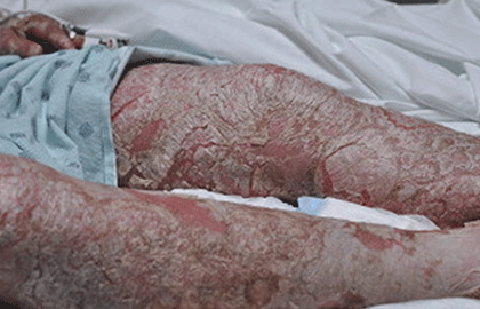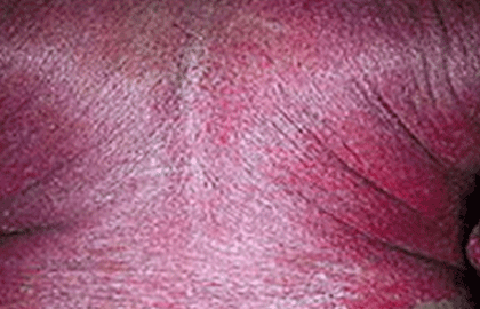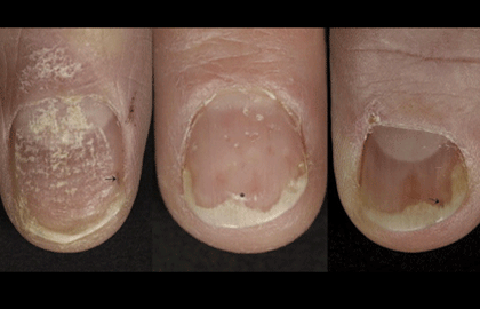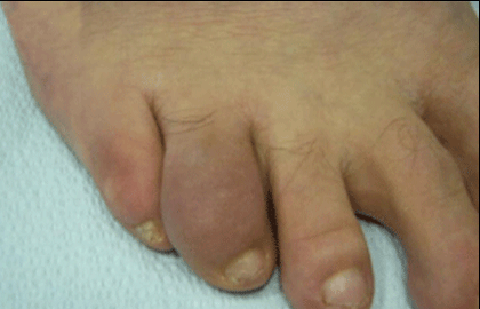Although psoriasis is more common in adults, it can also affect children. Approximately 1 per cent of children develop psoriasis.
Plaque psoriasis is a common form of psoriasis, but there are other types of psoriasis that are transitory and don’t increase the risk of psoriasis later in life.
Read on to learn more about psoriasis in children.
Psoriasis develops when a child’s immune system becomes overactive and causes skin cells to multiply very quickly.
Experts don’t know exactly what causes that immune response. A combination of genetic and environmental factors is thought to play a role.
Children are more likely to develop psoriasis when they have:
- a parent or other relative with psoriasis
- a history of certain infections, including streptococcal infections (such as strep throat)
- a history of taking certain medications
- obesity
Psoriasis can affect people at any age, but it’s more common in adults than children. The condition most often appears in people ages 20 to 30 and 50 to 60.
Roughly one-third of psoriasis cases begin in childhood. Psoriasis is more common in adolescents than in younger children.
The appearance of psoriasis in children depends on the type of psoriasis they have. Psoriasis in children can be misdiagnosed as another common skin condition, such as a yeast infection, diaper rash, eczema, or cradle cap.
Psoriasis in babies
In babies, plaques of thick, raised skin may appear in the diaper area. It’s often confused with diaper rash and is sometimes called napkin psoriasis. It may also cause a red, weeping rash.
Babies who develop this type of psoriasis don’t appear to be more likely to develop other types of psoriasis when they get older.
Guttate psoriasis
Guttate psoriasis is more common in children than adults. Often, but not always, it appears when a child has an infection, usually strep throat.
This type of psoriasis causes many small, rough, teardrop-shaped spots on the torso, arms, and legs.
Treating the infection may also clear the psoriasis. Some kids will never have psoriasis again, but others will develop plaque psoriasis later in life.
Plaque psoriasis
Plaque psoriasis is the most common type of psoriasis in children. It causes thick, raised, scaly patches of skin known as plaques to form. Psoriasis plaques tend to be smaller and less scaly in children than in adults.
Depending on your child’s skin tone, these plaques may appear red, purple, or dark brown. They may be itchy or uncomfortable.
Psoriasis plaques may appear on any part of your child’s body, but they’re most common on the:
- scalp
- torso
- back
- elbows
- knees
Other types of psoriasis
Less common forms of psoriasis in children result in other skin symptoms. They include:
- pustular psoriasis, which causes pus-filled bumps
- inverse psoriasis, which causes smooth, discoloured patches in folds of skin
- nail psoriasis, which causes the child’s nails to become unusually thick, ridged, and pitted
- erythrodermic psoriasis, a rarer and very serious form of the condition that causes skin inflammation across most of the body
Some children with psoriasis develop psoriatic arthritis. This related condition causes joint pain, swelling, and stiffness.
Guttate psoriasis may clear when an underlying infection is treated and never come back. Napkin psoriasis in babies doesn’t seem to be likely to lead to other forms of psoriasis later in life.
Plaque psoriasis is a lifelong condition. Your child won’t outgrow it, but treatment can help limit their symptoms.
Your child’s symptoms may come and go over time. Symptoms may get worse during periods known as flares and better during periods known as remissions.
Certain triggers can cause a flare and make your child’s psoriasis symptoms worse. Common psoriasis triggers include:
- stress
- skin injuries
- infections
- medications
Your doctor may recommend lifestyle tips to manage psoriasis, such as:
- using a lotion or cream to keep your child’s skin moisturized
- bathing in lukewarm (not hot) water
- using mild soaps or cleansers
Depending on the type and severity of the psoriasis, your child’s doctor may recommend:
- Topical treatments. These include medicated creams and ointments.
- Phototherapy (light therapy). In this treatment, your child’s doctor will shine ultraviolet (UV) light on their skin or prescribe a UV light unit for use at home.
- Oral or injected medications. These are prescribed for more severe cases and include methotrexate and biologic drugs.
For more severe cases of psoriasis, joining a support group for children with psoriasis may help your child cope with the effects that psoriasis has on their life. If they develop symptoms of anxiety, depression, or body image concerns, their doctor may refer them to a mental health specialist for counselling.
Although psoriasis is more common in adults, it also affects about 1 percent of children.
Guttate psoriasis may clear as soon as the underlying infection is treated. Napkin psoriasis in babies doesn’t seem to lead to an increased risk of other forms of psoriasis later in life.
Children won’t outgrow plaque psoriasis. Getting treatment and avoiding triggers may help limit their symptoms and improve their quality of life.
Children may also benefit from joining a support group or visiting a mental health specialist if they’re experiencing body image concerns, anxiety, or depression.
https://www.healthline.com/health/psoriasis/psoriasis-in-children-faqs


